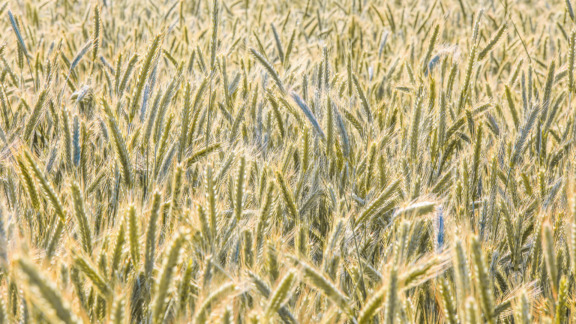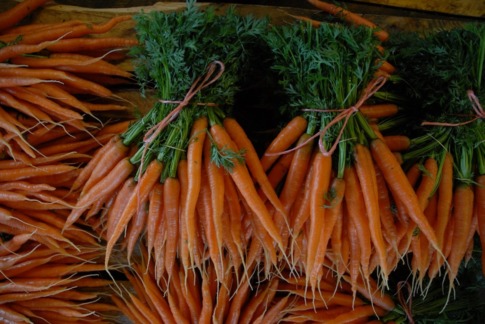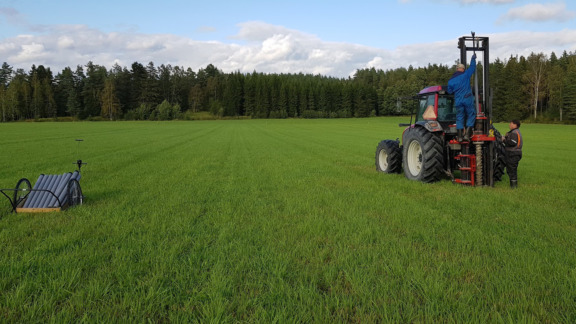A group of Finnish food industry companies unanimous: it is time to promote regenerative agriculture
Finnish food security, the profitability of agriculture and the food industry, the climate and environmental impact of food production all require efforts during the next government term and beyond. Regenerative agriculture, which improves soil health and the well-being of the environment, brings solutions to the change needed at farm level and in the entire food system.
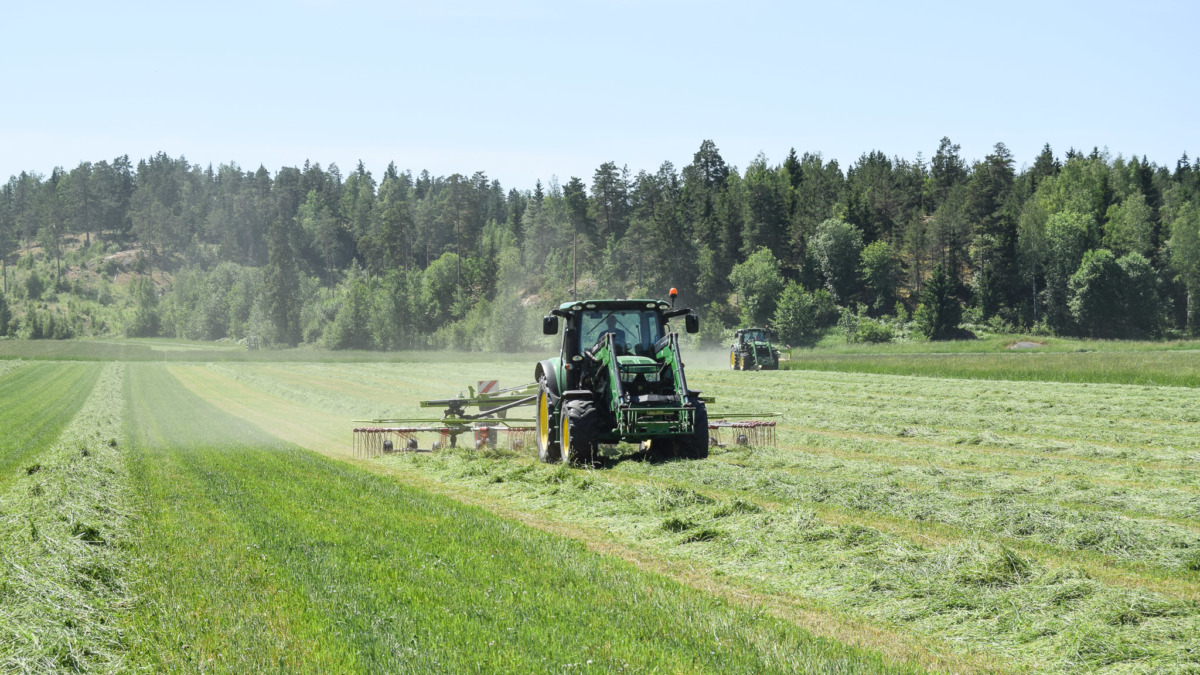
Healthy soils can withstand extreme weather and provide more reliable yields. Sustainable nutrient recycling increases food self-sufficiency and reduces nutrient runoff into water bodies. Several Finnish companies in the food chain are taking a stand for promoting regenerative agriculture widely because of its many benefits.
Political decision-making is needed
Many food producers are already farming according to regenerative agriculture methods and are continuously improving their operations using the principles of regenerative agriculture. However, the change must not be laid solely on farmers’ shoulders. Action is needed throughout the food system: from businesses, policymakers, third-sector actors to consumers.
We, the undersigned Finnish companies, have already taken concrete steps to promote regenerative agriculture in the Carbon Action cooperation. We are committed to continuously driving this necessary change in the future in collaboration with the food chain and researchers. We see that regenerative agriculture is vital for Finnish food security and helps mitigate climate change and improve the food system’s resilience in a changing climate.
Regenerative farming improves the long-term economic viability of farms by increasing crop security and profitability. We can strengthen our natural capital through regenerative farming and reduce nutrient runoff into water bodies. Regenerative farming sequesters carbon in the soil, supports biodiversity, and promotes nutrient cycling.
Action is now needed on the policy front: the transition to regenerative agriculture needs a supportive regulatory environment and practical decisions. A clear signal is needed from policymakers to the whole food chain that regenerative agriculture is a crucial solution to environmental challenges and the food production profitability crisis.
Regenerative farming methods put into action
To ensure the rapid deployment of regenerative farming methods and their benefits for farmers, the environment, and the food system as a whole:
• An action programme for regenerative agriculture and soil health that extends across parliamentary terms and different sectors is needed to promote a broad range of on-farm regenerative agriculture measures, research, guidance, training, and a comprehensive shift toward regenerative agriculture.
• Adequate funding must be ensured for implementing the action programme.
The undersigned companies
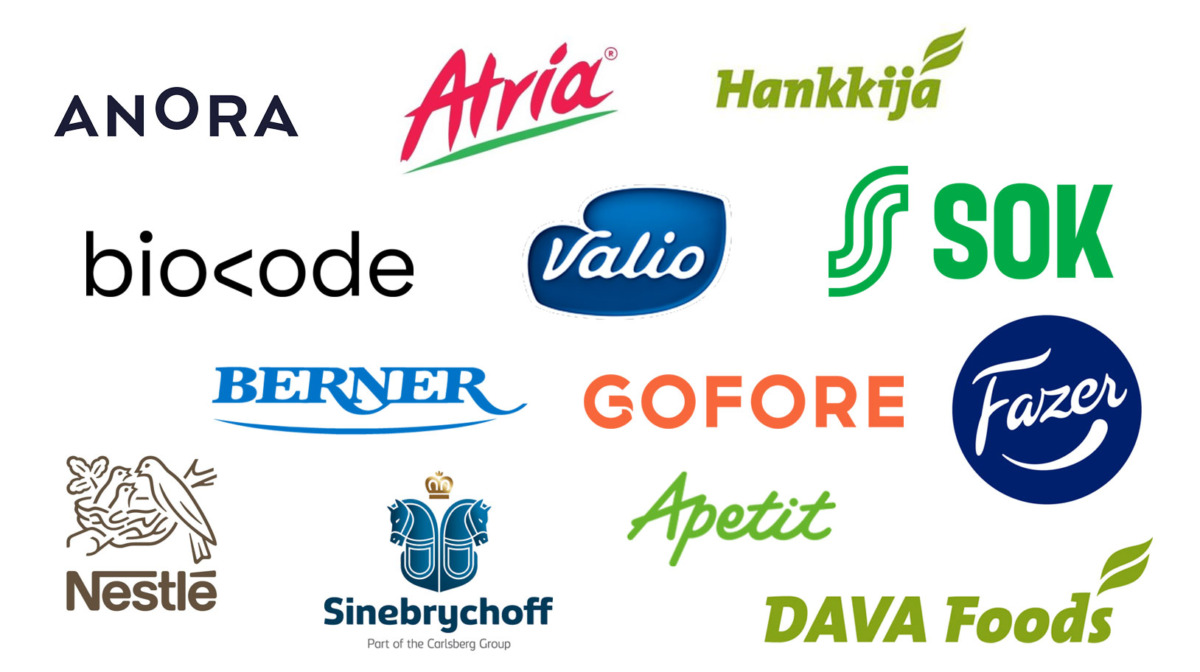
Q & A
What is regenerative farming?
Regenerative agriculture refers to an agricultural system that, in connection with food production, aims to curb climate change and to improve the state of the environment continuously and comprehensively.
Regenerative farming is a way of producing food that not only produces a good harvest but also aims to improve the environment holistically. By focusing on soil health, we can sequester carbon, mitigate climate change and biodiversity loss, and curb discharge in waterways. Healthy soils are more resilient to extreme weather and provide crop security in changing conditions.
Regenerative agriculture is much more than just conducting individual measures. It is a flexible way of using a diverse set of good farming practices appropriately for each situation. The measures aim at three principles: maximising assimilation and protection and encouraging microbial activity. The measures are guided by three principles: maximising assimilation, maximising soil microbial activity and minimising disturbance of soil processes. Adapting the farming measures according to the situation requires skills, continuous learning, and knowledge of the farm. Research, education, guidance, and peer learning are critical to the adoption of regenerative farming.
What is Carbon Action?
In the Carbon Action collaboration, ways for agriculture to mitigate climate change and biodiversity loss are being developed and explored. Carbon Action researchers, farmers, and businesses work together to promote carbon-storing regenerative agriculture and scientifically verify the results. The Baltic Sea Action Group coordinates the collaboration, and the Finnish Meteorological Institute coordinates the research.
Why do we need regenerative farming?
1. Mitigating climate change. People often talk about carbon farming to emphasise the carbon sequestration and climate change mitigation benefits of regenerative agriculture. Building up soil carbon stocks through agriculture is the most effective known way to sequester atmospheric carbon and mitigate climate change. The 4 per 1000 initiative signed by Finland at the Paris climate conference calculates that by increasing soil carbon stocks by 4 per mil, the same amount of carbon could be sequestered as is produced annually by human activity. What is essential is that the calculations are based on the idea that food is produced, and carbon is sequestered in the same fields.
2. The climate emissions balance of the Finnish land use sector urgently needs quick solutions, and agricultural measures can be introduced already in the next growing season. In Finland, there is top-level research for measuring the soil’s carbon stock and internationally followed pioneers in practical experiments.
3. Economic viability and adaptation to climate change. Regenerative farming aims at a thriving field ecosystem that can adapt to drought and high rainfall and produce crops despite extreme conditions. In regenerative farming, the focus is on crop rotation, year-round crop cover, and the efficient use of nutrients. These are ways to reduce the financial risks for farmers. Climate objectives for food chain companies also focus on emissions from primary production and regenerative raw materials, which are increasingly sought on international markets.
4. Permanent minimisation of discharge in waterways. Nutrient inputs from agriculture are the primary source of eutrophication in the Baltic Sea and other water bodies. Regenerative farming starts with good field water management, which in itself reduces nutrient inputs. Good soil health and a continuous crop cover retain water and nutrients for plant use. Regenerative farming can also address one of the root causes of the problem: the phosphorus reserve that has accumulated in the fields over the decades.
5. Nutrient recycling is a logical part of regenerative agriculture. Favouring organic, recycled nutrients improves the living conditions of soil micro-organisms, improving carbon storage and sequestration in the soil. Nutrients recycled in agriculture are not wasted and will not eutrophicate water bodies.
6. Strengthening biodiversity. Regenerative farming measures aim to regenerate the ecosystem and replace monoculture with a more diverse range of species. Biodiversity above ground feeds soil biodiversity. Living conditions for pollinators are also improved. A diverse ecosystem is more adaptable to pests and extreme weather conditions.
Contact us

